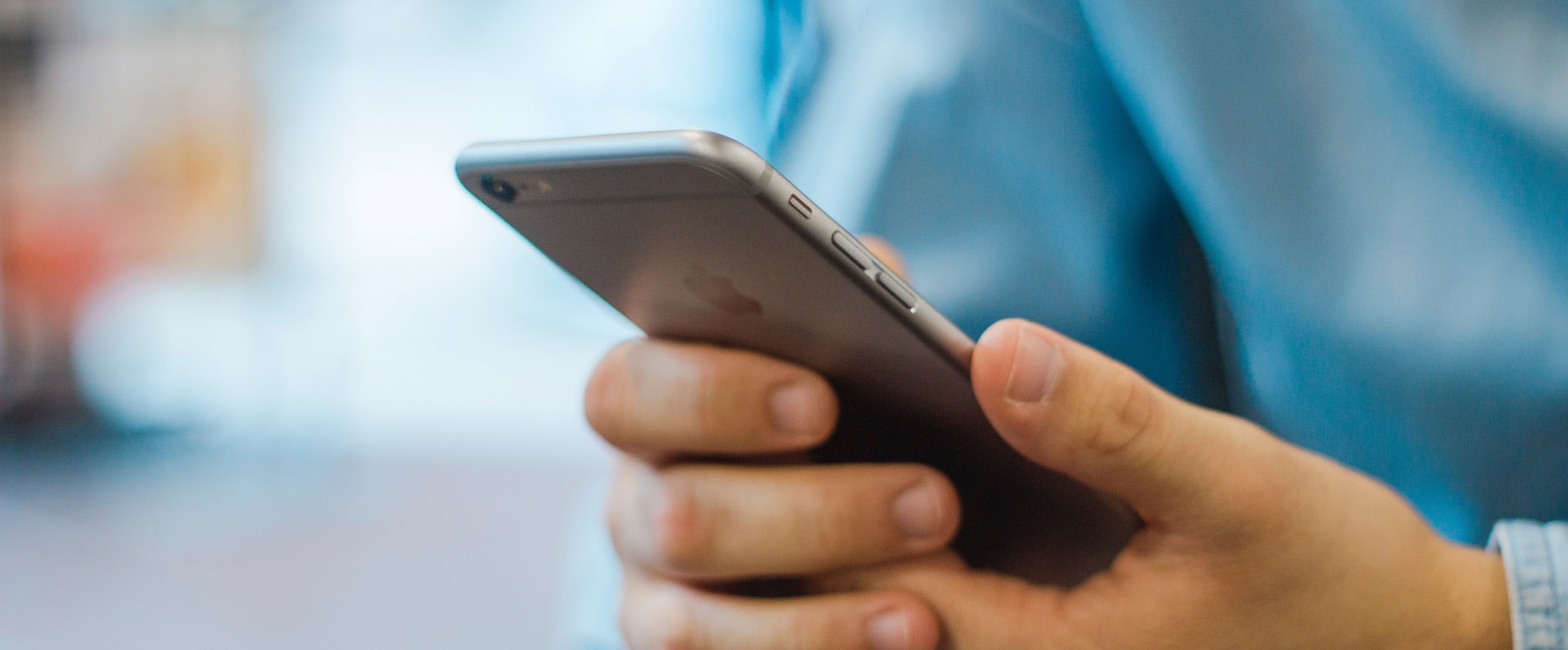Design ethics are a serious topic and something we shouldn’t ignore.
Never before in history have designers had the ability to influence over a billion people in a matter of minutes.
The average Millennial checks their phone over 150+ times a day.

For centuries cities have shaped the lives of its inhabitants and now software (more than ever) has the power to shape the lives of its users.
Whether you’re a product designer of a physical product or a digital designer that works on software – we are all responsible for maintaining the balance of goals for the product owner and the user.
What are design ethics?
Design ethics are a tricky subject and something of much debate lately. People are questioning their decisions as more and more issues arise with mega tech companies such as Facebook, Google, and SnapChat.
In its core, design ethics help set standards by establishing behaviors and actions that are acceptable in the professional community.
Taking Advantage of Users
Arguably one of the most debatable subjects of design ethics is the pencil-thin boundary between business profits and the benefit of humanity.
How far should a business go to be profitable or increase profits?
As designers, we must question and set boundaries for the lasting effects of technology.
Most companies are fighting for every last second of their customers’ attention. Consequently, the race to keep us on screen 24/7 has caused an increase in mental health problems, social relationships, and democracy issues.
The Solution as We Move Foward
More humane design starts with a better understanding of how vulnerable human instincts are so we can avoid intentionally and unintentionally abusing them.
- How are humans vulnerable to getting stressed?
- How are humans vulnerable to the expectation of always being available?
- How are humans vulnerable to persuasion against our personality?
To create more humane design standards we will have to implement more policies and business models that alignMoves an object (component, body, sketch, work geometry) by aligning geometry selected from the object with geometry selected elsewhere. Geometry can be a point, line, plane, circle, or coordinate system. Snaps are treated as full coordinate systems for full position and orientation alignment. Select the point on the object to move then select the point on the face to align to. Click Flip and Angle to rotate the object. More more with our humanity and how we should progress as a society.
Companies like Apple and Samsung can help lead the way because their business model doesn’t revolveRevolves a sketch profile or planar face around a selected axis. Select a profile or planar face then select the axis to revolve around. More around keeping eyes peeled to their devices.
Meanwhile, individual designers can help by applying political pressure, creating a cultural awakening (educating consumers and friends), and by educating fellow employees and designers.
Design Ethics Resources – Further Reading
- AIGA Design Business Ethics
- Ethics in Graphic Design blog
- The Academy of Design Professionals
- Center for Humane Technology
- The following video by Tristan Harris:
Conclusion
Ethics are important because they help keep products honest.
As a designer, we should all strive to provide ethical design solutions to the world’s most complex challenges.
Lastly, remember that you have the power to say NO. Is your job worth it if you’re left miserable knowing you created something manipulative or detrimental to its inhabitants?
Weigh the consideration from the start and most importantly educate your fellow designers on the issue of design ethics.

Leave a Reply